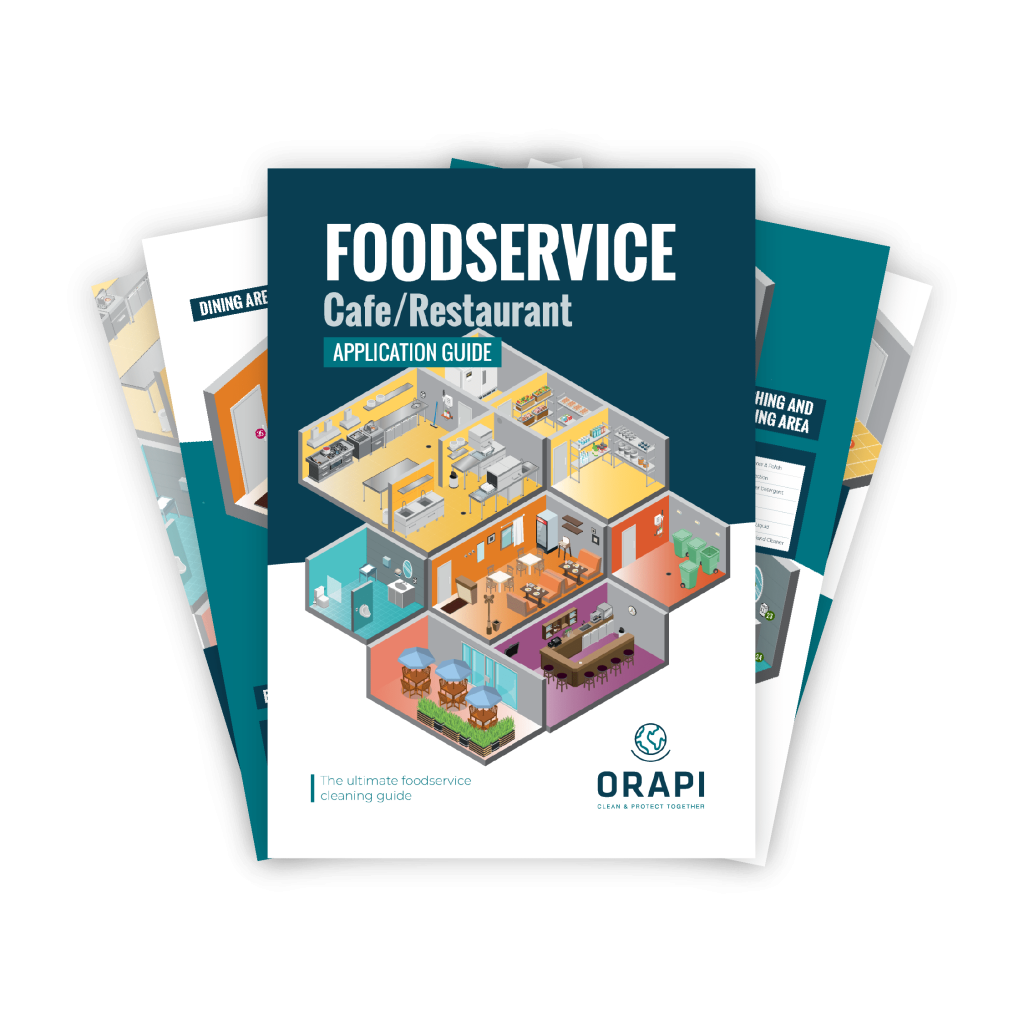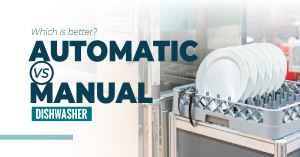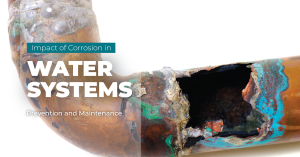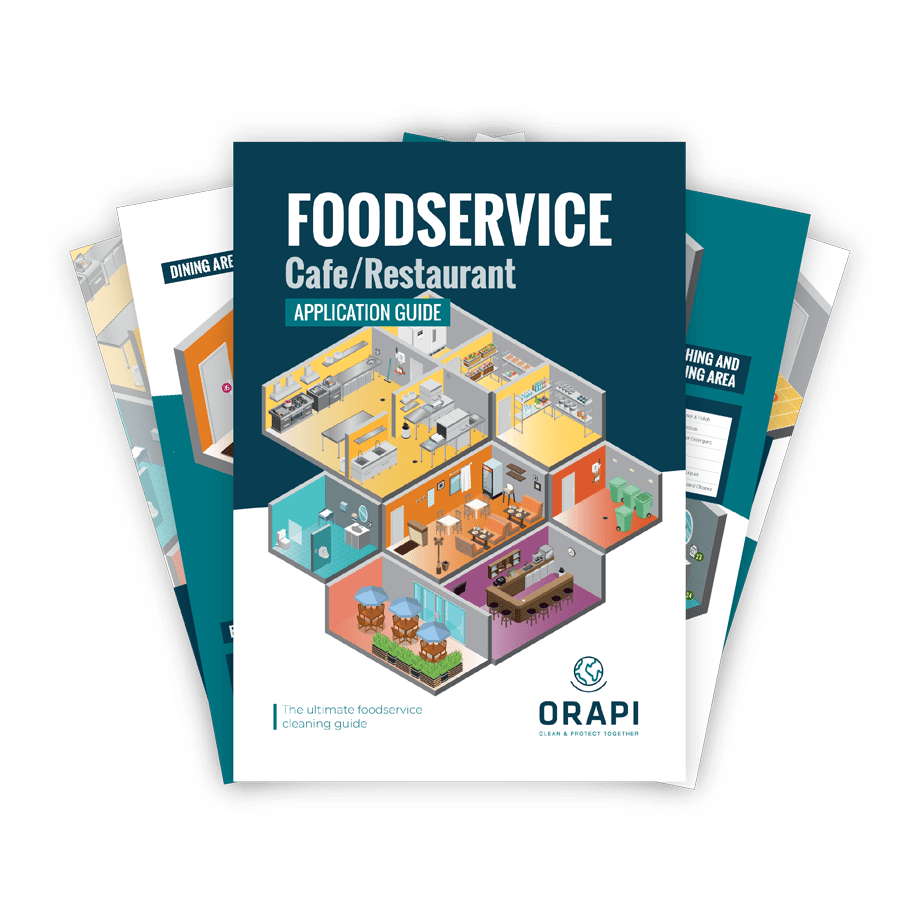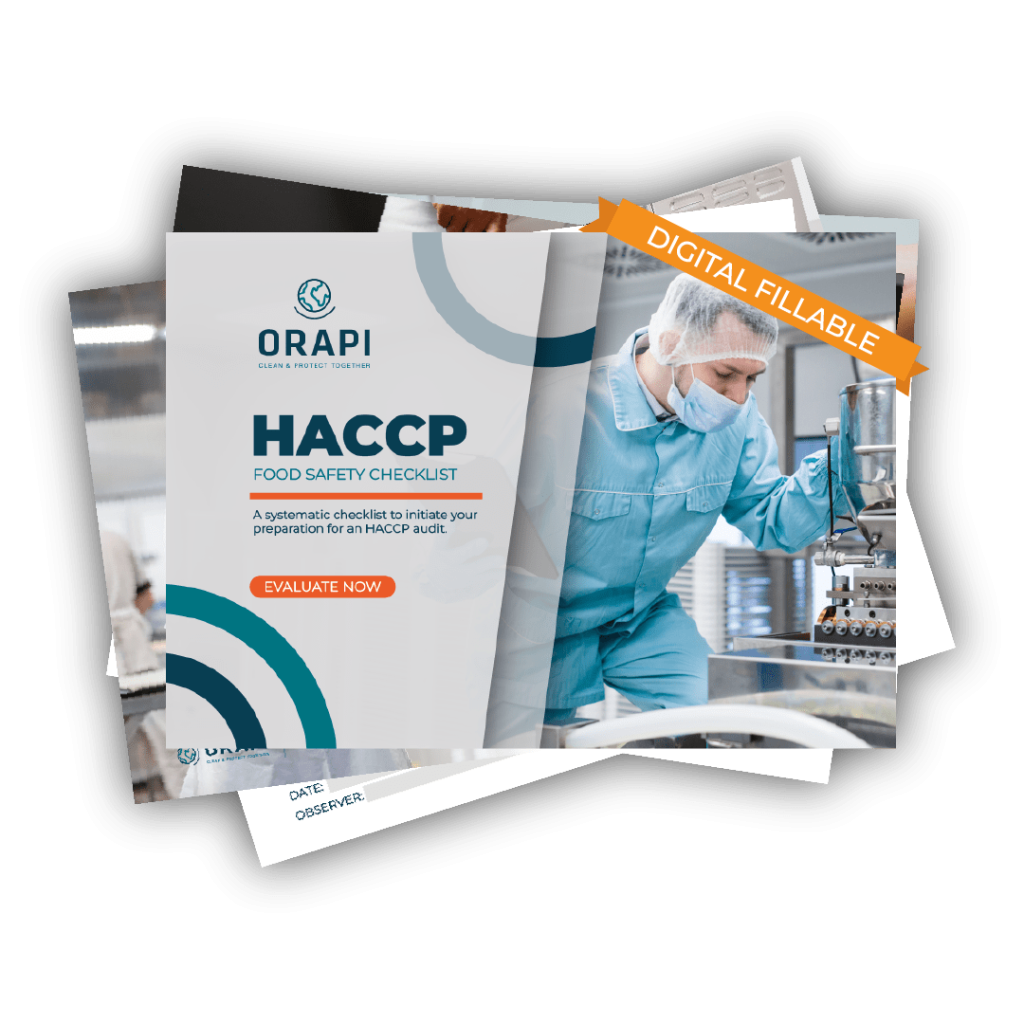
What is a Dry Processing Environment?
A dry processing environment is a location where food materials are transformed into dry particles or where already dehydrated food products are further processed. For instance, this could involve turning a concentrated dairy formulation into powdered infant formula by spray drying or creating a pre-mixed spice blend by blending various dried spices. Dry processing generally refers to handling foods with low moisture content, such as cereals, animal feeds, grains, dried meats, or seeds. These types of food typically have a water activity (aw) of 0.85 or less, which denotes the amount of water available for chemical or microbial activity.
What is Water Activity (aw)?
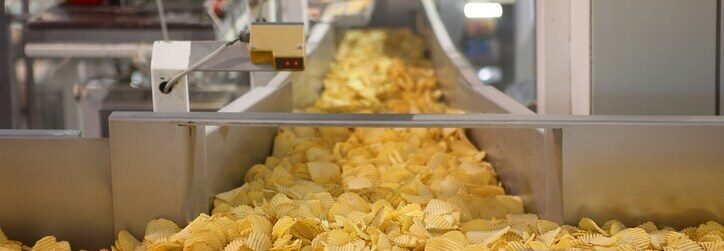
Survival of Microorganisms in Dry Foods
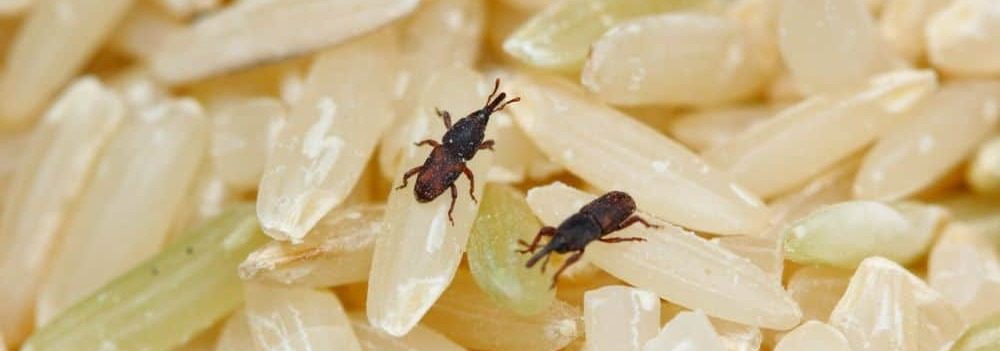
How Microorganisms Enter Dry Processing Environments
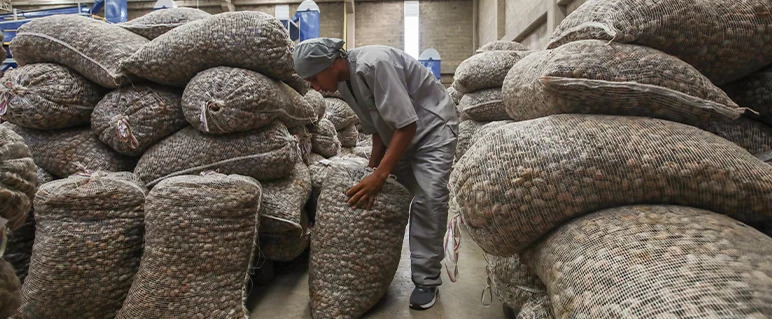
Dry Cleaning Methods
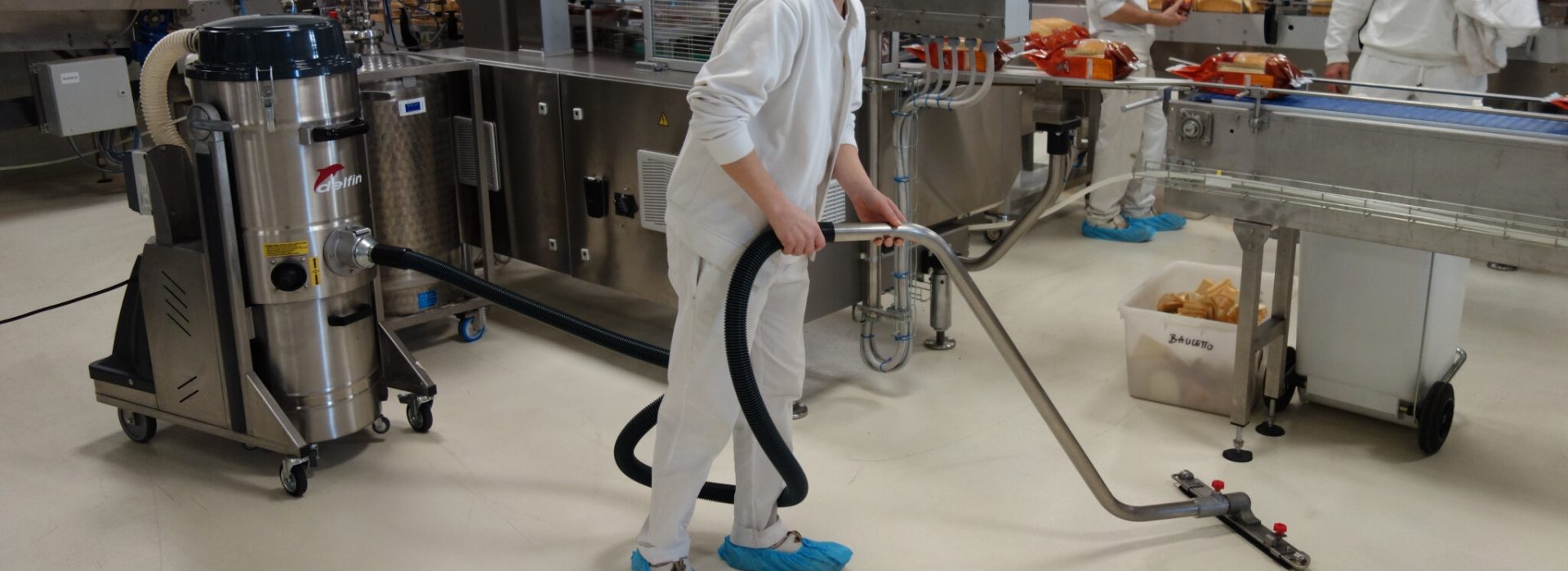
To prevent food safety hazards in dry processing environments, ‘dry’ cleaning has been proven effective, even though it may not provide an immaculate surface. This method can involve using brushes, scrapers, wiping, vacuum cleaner fittings, extraction tools, dry ice cleaning, or blowing with pressurised air. Gravity draining or pigging can also be used to remove products like cereals or grains. To ensure the cleaning tools are disinfected, a disinfectant solution, hot water, ovens, or steam can be used (> 80°C for bacteria and up to 120°C for spores). The tools must be dried thoroughly before returning to the dry processing environment. Note that ‘dry’ cleaning is only suitable for non-hygroscopic and/or non-sticky products.
Non-hygroscopic Materials
Non-hygroscopic refers to materials or substances that do not readily absorb moisture from the surrounding environment. In a dry processing environment, non-hygroscopic materials are preferred because they are less likely to support the growth of microorganisms. Some examples of non-hygroscopic materials include metals, plastics, and certain ceramics. In contrast, hygroscopic materials such as paper, cardboard, or some fabric types can absorb moisture and create a more hospitable environment for microbial growth.
Gravity Draining and Pigging

Gravity draining and pigging are two methods of removing leftover material from processing equipment. Both gravity draining and pigging are used in the food processing industry to remove product residue from equipment, which can help prevent cross-contamination and ensure the quality and safety of the final product.
Gravity Draining
Gravity draining involves allowing a product to flow out of equipment using gravity, which can be effective for non-sticky products like grains and cereals. This method is simple and doesn’t require any additional equipment, but it can be slow and may not remove all traces of the product.
Pigging
Pigging, on the other hand, involves using a cylindrical object (called a “pig”) that fits snugly inside the processing equipment and is pushed through with compressed air, water, or another liquid. The pig scrapes the sides of the equipment, pushing any remaining product out ahead of it. This method is effective for both non-sticky and sticky products and can remove more products than gravity draining. However, it requires more equipment and can be more time-consuming.
Dry vs. Wet Disinfection Methods
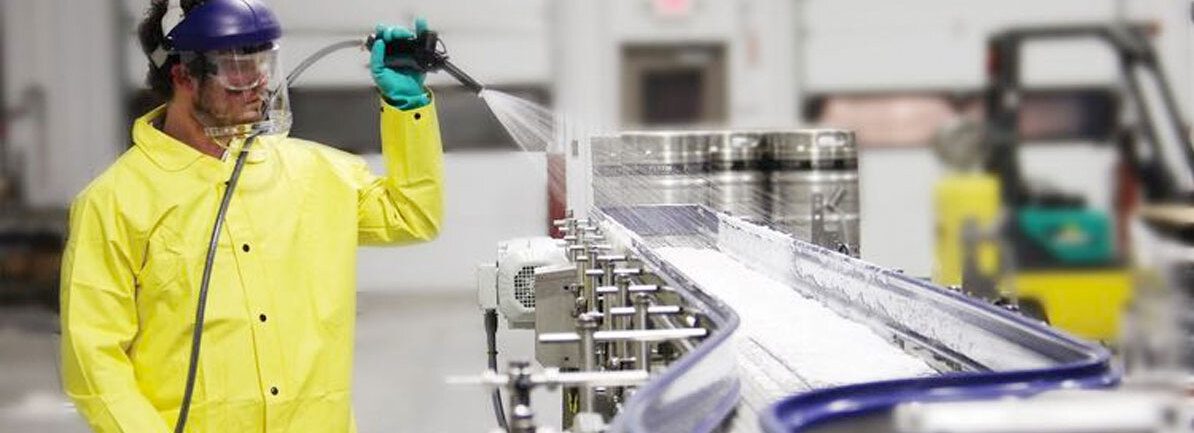
Conclusion: Dry Processing Environment Food Safety
In conclusion, a dry processing environment is a place where food materials are transformed into dry particles or where already dry food products are further processed. Low-moisture foods’ water activity (aw) level is an essential factor affecting their shelf life, texture, and overall quality. The survival of microorganisms in dry foods can be a potential risk to food safety, and proper cleaning and disinfection practices are essential to prevent contamination. Dry cleaning has been proven to be an effective strategy to prevent food safety hazards in dry processing environments. It involves various methods such as vacuuming, brushing, pigging, or wiping with pressurised air to remove leftover material from processing equipment. By implementing good hygiene practices, companies can ensure that their dry food products are safe for consumption and maintain their quality and shelf life.
